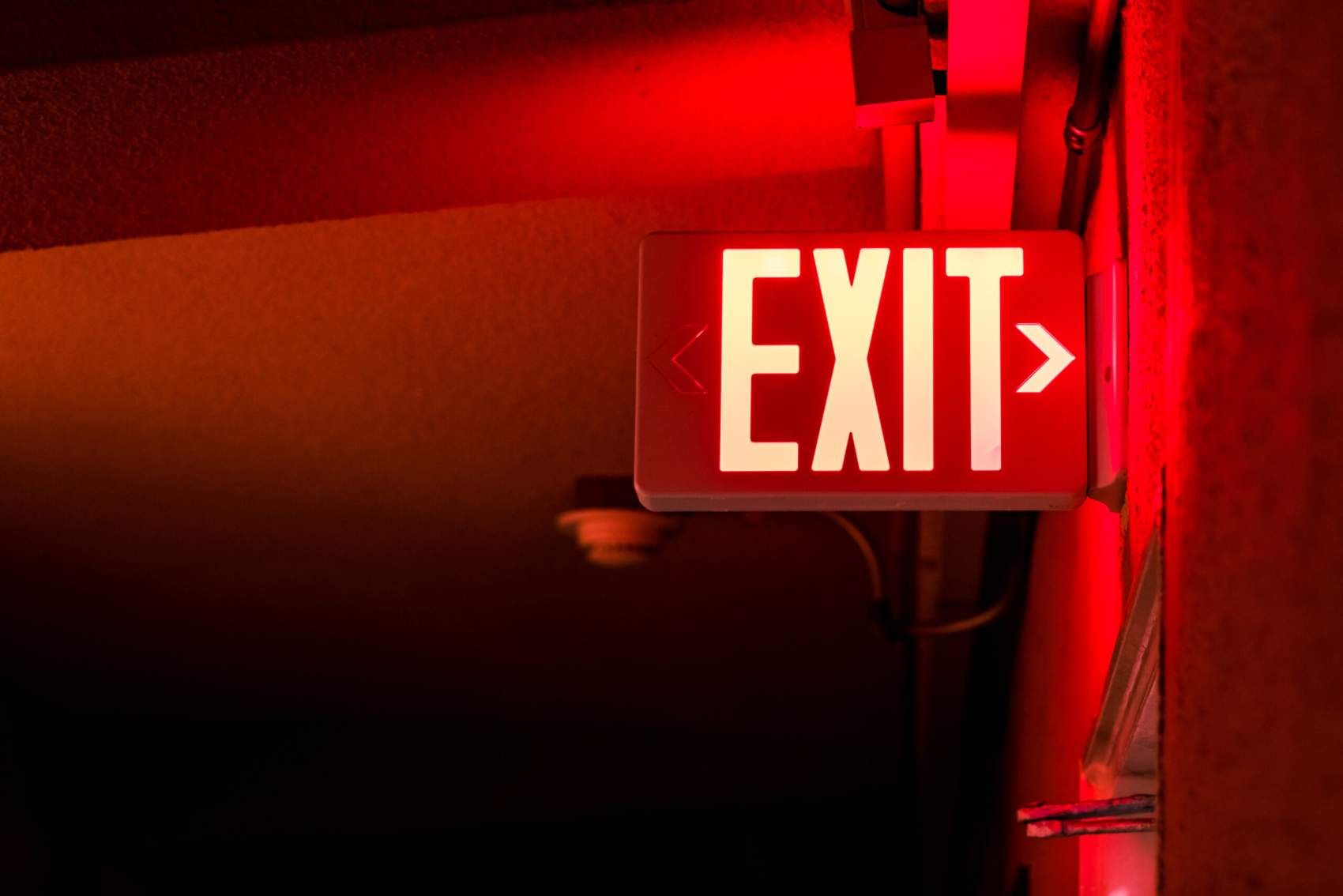The Importance of Emergency Lighting in Workplace Safety

Safety is paramount in any workplace, and it’s the employer’s responsibility to ensure the safety of their employees. One aspect of workplace safety that is often overlooked is emergency lighting. Emergency lighting is a crucial component of any safety plan, designed to provide adequate illumination during power outages or other emergency situations. The purpose of emergency lighting is to ensure that employees can evacuate the premises quickly and safely during an emergency, preventing accidents and injuries, and ultimately saving lives.
Despite its importance, emergency lighting is often overlooked or not given the proper attention it deserves. Many employers fail to realize that emergency lighting is a legal requirement in the workplace, and noncompliance can result in fines and legal liabilities. In this article, we will delve into the importance of emergency lighting in workplace safety. We will discuss the legal requirements for emergency lighting, the different types of emergency lighting, the benefits of emergency lighting, and the importance of regular maintenance and testing of emergency lighting systems.
Legal Requirements for Emergency Lighting
The Occupational Safety and Health Administration (OSHA) has established specific requirements for emergency lighting in the workplace. These requirements must be adhered to by all employers. The requirements for emergency lighting vary depending on the size and layout of the building, as well as the type of business being conducted. However, in general, emergency lighting must be bright enough to illuminate the path to safety and must be capable of operating for at least 90 minutes in the event of a power outage.
Types of Emergency Lighting
There are several different types of emergency lighting, including exit signs, emergency egress lighting, and backup power systems. Exit signs are the most common type of emergency lighting and are used to indicate the location of emergency exits. Emergency egress lighting is used to illuminate the path to safety and must be located in areas where people may need to escape, such as stairways and hallways. Backup power systems are used to ensure that emergency lighting remains operational during a power outage.
Benefits of Emergency Lighting
Properly installed and maintained emergency lighting can help to prevent accidents and injuries during an emergency, reduce liability and insurance costs, improve employee morale, and increase productivity. In the event of an emergency, employees who feel safe and secure are more likely to remain calm and follow proper evacuation procedures. Furthermore, employees who feel that their safety is being taken seriously are more likely to be motivated and productive in the workplace.
Maintenance and Testing of Emergency Lighting Systems
Emergency lighting systems require regular maintenance and testing to ensure they are functioning properly. Without regular maintenance, emergency lighting systems can become unreliable, putting employees at risk during an emergency. Regular maintenance includes inspecting all emergency lighting fixtures, replacing burnt-out bulbs, and testing the system to ensure that it’s operating properly. OSHA requires emergency lighting systems to be tested annually to ensure that they are capable of operating for at least 90 minutes during a power outage.
Lighthouse: Your Lighting Solutions Provider
Lighthouse LLC specializes in efficient lighting solutions, including emergency lighting installation and maintenance. We understand what goes into producing top-quality lighting systems, from initial planning and design to final installation. Our team offers a range of emergency lighting solutions to fit the specific needs of any business, ensuring that all legal requirements are met. We can also conduct free energy audits to help businesses identify opportunities for energy savings and reduce their carbon footprint.
Emergency Lighting: A Crucial Aspect of Workplace Safety
Emergency lighting is a crucial aspect of workplace safety that must not be overlooked. The legal requirements for emergency lighting are strict, and noncompliance can result in fines and legal liabilities. Properly installed emergency lighting can help prevent accidents and injuries during an emergency, reduce liability and insurance costs, improve employee morale, and increase productivity. For businesses looking to install or maintain emergency lighting systems, Lighthouse LLC is the right choice. Contact us today to learn more about our services and schedule an appointment for emergency lighting installation or maintenance.